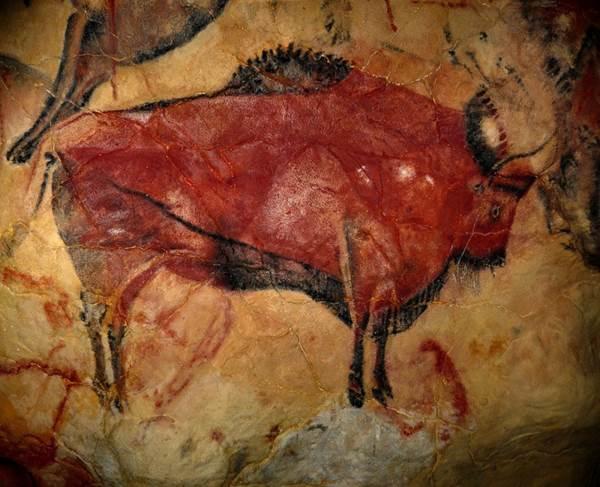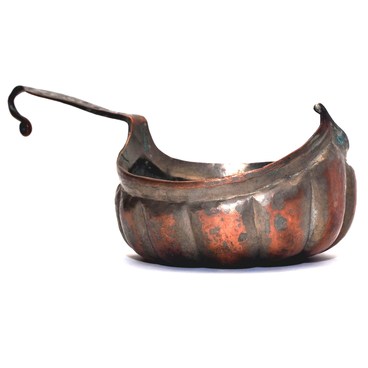The horn of the steppe bison was discovered in Bryansk in September 1956. Workers who were drilling a well discovered it at the depth of about 2 metres. The 64 centimetre long horn was hollow as is the case with many cloven-hoofed species — buffaloes, antelopes, gazelles, rams.
#1
Bison horn
#4
#15
Ancient steppe bison were progenitors of modern European bison (auroch) and American buffaloes. They inhabited the Eurasian plains, could be encountered in North America. The height of such animals was over 2 metres and the weight could be up to a ton. The span across the horns could reach 1.5 metres.
#10
Bison typically lived in herds and as nomadic grazers travelled from one place to another in search of abundant food. Their highly set head made it possible for them to bite off shrub shoots. In winter, the animals grazed in patches of the steppe where winds blew constantly because the snow cover there was thinner than in other places and they could dig through it to reach to the grass. Bison were protected from cold and wind by thick long hair with dense undercoat attaching to the skin.
#11
Bison did not have natural enemies but they became a hunting object for primitive people, the same way as mammoths and woolly rhinoceros. Their meat and fat were used for food, skins to make clothes, footwear and blankets, horns and bones to make needles, knives, scrapers, arrowheads.
#6
Image of bison from the Altamira cave. Source: commons.wikimedia.org
#14
Prehistoric artists often drew bison on the walls of caves. They used charcoal or ochre rubbed on fat. The most famous rock drawings were discovered at the end of the 19th century in the Altamira cave in Spain. A whole host of bison were depicted in different poses on the cave roof– sitting, lying, grazing. In addition to those there were also drawings of other animals and human palm prints.
#12
Primitive people attached a ritual meaning to rock drawings. Animals would often be depicted as if surrounded and pierced with spears or arrows by hunters. According to ancient beliefs, it symbolised happy hunt in the future.
#13
As a result of being killed and due to climate change, the number of steppe bison began to gradually decrease. Part of them became smaller and got adjusted to living in the woods – that is how wisents appeared. Other animals of this species became extinct. Bison existed longest of all in Cisbaikalia and South Siberia – they were encountered there until late medieval times.
#16
Bryansk State Regional Ethnography Museum
read morehide
00:00
00:00
1x
Bison horn
Dimensions
64 centimetres
Collection
Exhibition
0
Open in app
Share


